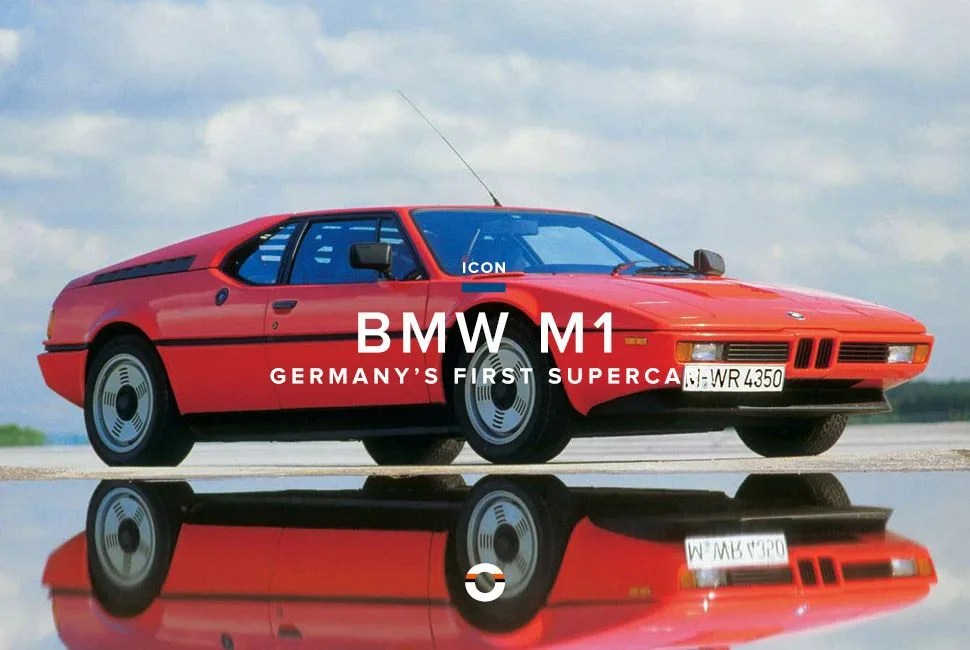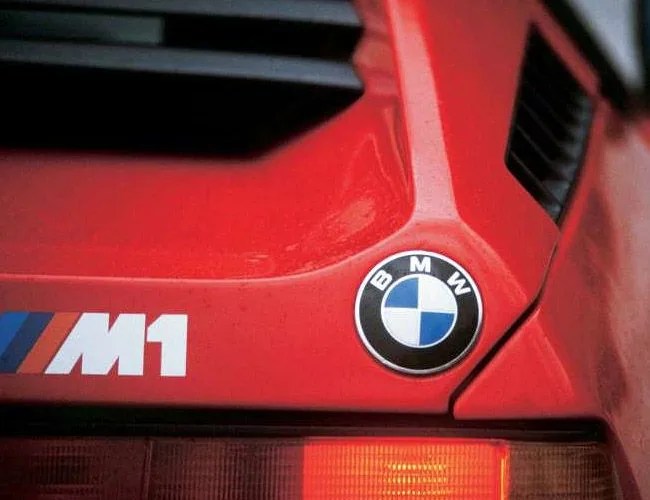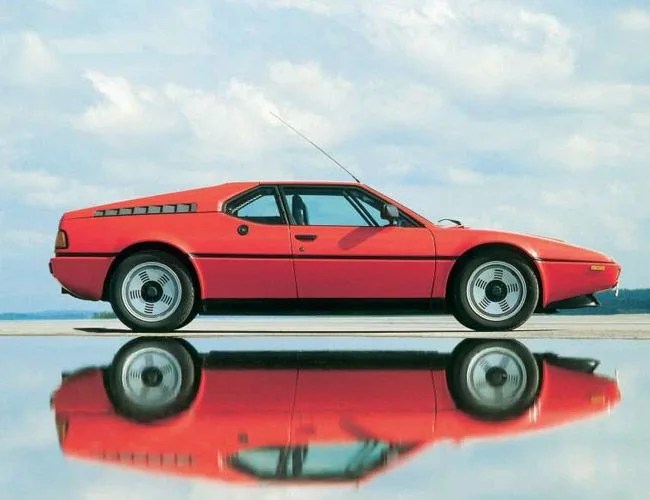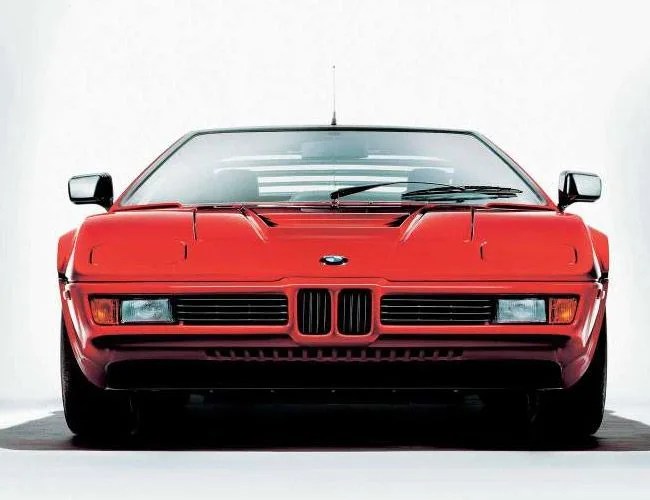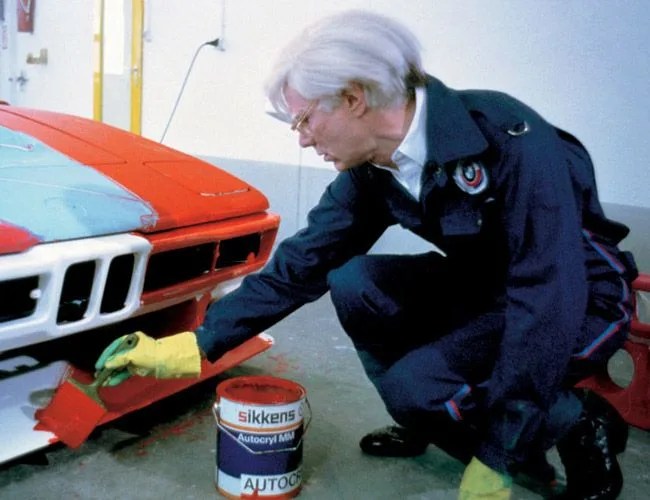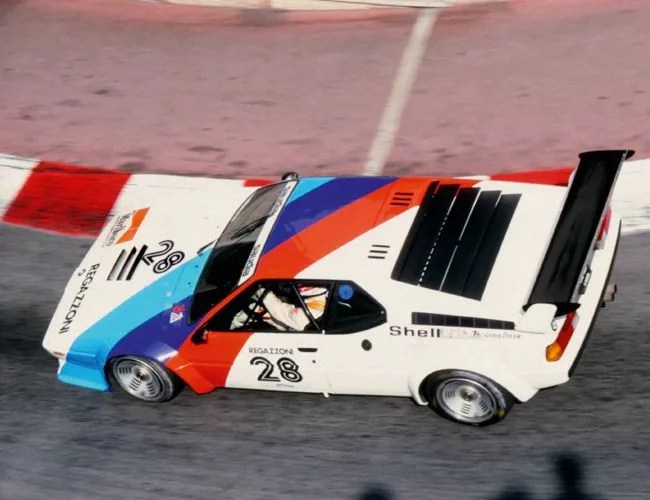It was a crisp fall day. I pulled up to a neighborhood gas station in my steel grey 2001 BMW 325Ci, having enjoyed a spirited drive on an isolated road not too far from my house. On the other side of the pump, I saw a long, black scalloped vent on the c-pillar of a white sports car. The car was flat, low and looked like nothing else I’d ever seen. Could it be? It was. A BMW M1. No, not the 1 Series M, but the legend that launched BMW Motorsport. It was a sight to behold. Emboldened by my pure fascination with this car, I approached the driver directly, so as not to hover and risk annoying him. I said one word: “Amazing”. He said he couldn’t believe it was his.
We spent the next ten minutes looking at it together and talking Bimmers. He gazed at mine and said, “Nice car” — kind of like Michael Phelps telling you he’s impressed by your version of the doggie paddle. I congratulated him on his wise and singularly unique purchase and off he drove. It was like a brush with celebrity, at least for me. The BMW M1 is the supercar that never was, and aficionados of the brand are waiting patiently for its resurrection.
What It’s All About
The prospect of a German supercar in the 1970s had the tenor of something that simply shouldn’t be done, like the Italians producing a mass-market station wagon for the states. But BMW went out on an automotive limb and put just such a car in the works, primarily for racing homologation (building a certain number of road going cars to justify a presence in sports car racing). The goal was to build the then-required 400 automobiles to qualify for Group 5 racing.
But as BMW lacked the chops to build a production supercar with a mid-engine design, they decided to outsource. BMW commissioned none other than the house of Lamborghini to build the car using a BMW powertrain. The plan was to build the M1 alongside the super-exotic Lamborghini Countach. Famed designer Giorgetto Giugiaro, known for such beauties as the Ferrari 250 GT Bertone and the Maserati Bora, penned the M1 using the rare gullwinged 1972 BMW Turbo concept car as styling inspiration. Though the gullwing doors wouldn’t carry over, the low-slung, flat shape of the Turbo thankfully did. As a result, the car is instantly recognizable and looks like nothing else, sans the M1 Hommage Concept car built in 2008, which doesn’t quite capture the beautiful simplicity of the original M1.
6 photos
What occurred next was far less smooth than the look of the M1 design. Lamborghini was experiencing its fair share of financial difficulties, and though the design had been finalized and seven cars had been built by the Italian automaker, production of all 400 cars suddenly seemed a far-fetched goal. In 1978, BMW took the reigns back from Lamborghini, their original production is still very much looming. How would they manage to take on something they had never planned on doing in the first place?
BMW reached out to a small German coachbuilder, Baur, which had built BMW prototypes like the 1600 Coupe and Cabriolet; more importantly, they had crafted the very 1972 E25 Turbo concept upon which the M1 was based. In retrospect, this path seemed to be the best one. It became official. Production of the M1 would commence in 1978.
